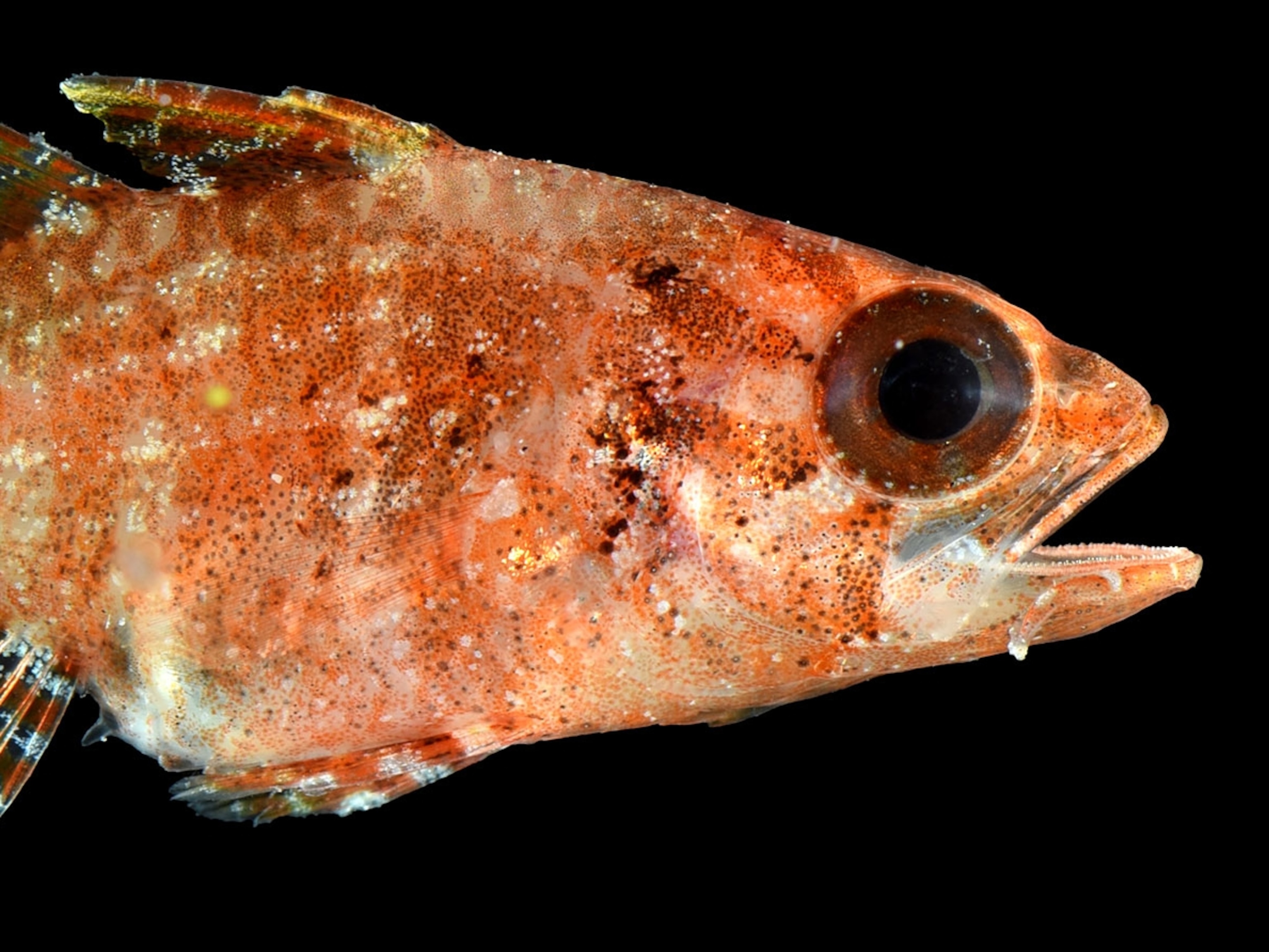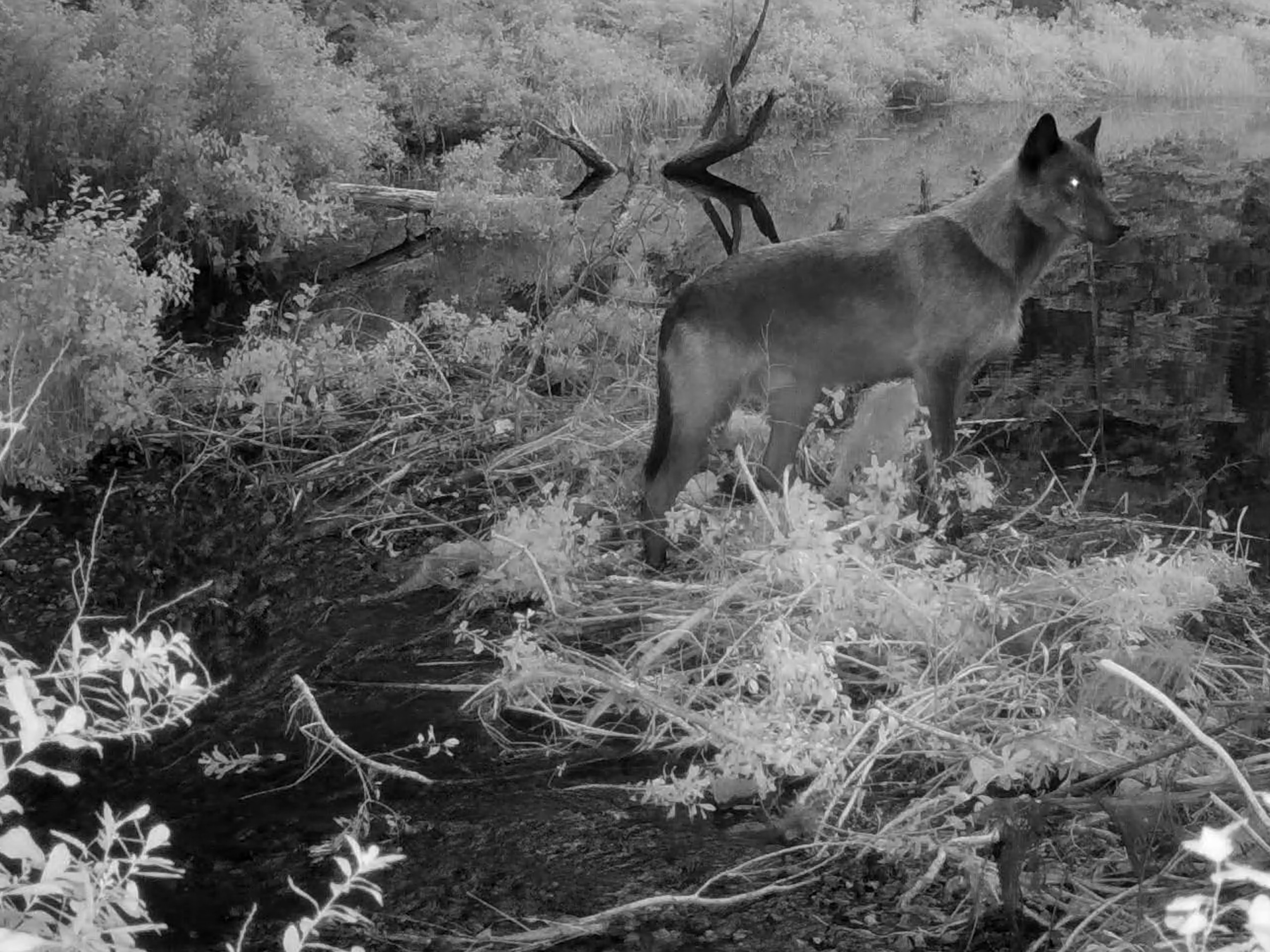
"Yeti" Crabs Farm Food on Own Arms—A First
Shaggy-clawed deep-sea crabs grow bacteria to eat, study finds.
The "yeti" crab farms bacteria on its furry arms as its main source of food, scientists say.
The crabs—a family of crustaceans with long, shaggy arms that resemble the mythical yeti, or abominable snowman—were discovered only in 2005.
The first known species of these blind white crabs, Kiwa hirsuta, were found near boiling-hot hydrothermal vents roughly 7,500 feet (2,300 meters) deep. The vents are located on the floor of the South Pacific some 900 miles (1,500 kilometers) south of Easter Island (map). (See picture: "'Yeti Crab' Discovered in Deep Pacific.")
In 2006 scientists uncovered another species of yeti crab, K. puravida, living in cold, methane-seeping fissures about 3,300 feet (1,000 meters) deep near Costa Rica.
K. puravida regularly waved its claws slowly and rhythmically, puzzling scientists.
(Watch a video of the waving motion.)
"When I first saw it, 'baffled' would be a good word for how I felt," said study co-author Andrew Thurber, a biological oceanographer at Oregon State University in Corvallis.
Yeti Crab Mystery Solved
One early explanation for the behavior was that the crabs were trying to keep others at a distance.
But chemical analysis of K. puravida's tissues and the bacteria dwelling on its silky arms revealed the crustaceans dine mostly on these bacteria.
Video taken by submarine then revealed that the crabs harvest their crops using highly specialized hairy mouth appendages, which scrape the bacteria off their arms.
Researchers now suggest the claw-swaying helps wash nutrients over the bacteria, essentially fertilizing them.
It remains uncertain whether the yeti crab's hairy appendages might help detect currents in the water. If so, the appendages may help crabs identify the sources of the nutrients that sustain their microbe "farms."
(See "Gardening Fish 'Domesticate' Crops of Algae.")
Yeti Crab's Bacteria Farming a First
Deep-sea shrimp and other animals had been found with bacteria growing on them before, but this is the first clear evidence of a deep-sea animal farming its bacteria, said Thurber, whose study appeared November 30 in the journal PLoS ONE.
"This shows us how little we know about the deep sea, and how much more we might find and have to protect, as exploration for resources expands into these areas."
(New Species: Hairy-Chested Yeti Crab Found in Antarctica)
For instance, future exploration could discover more such farmers, he said, as well as whether bacteria at hydrothermal vents and methane seeps are linked, serving as a common foodstuff linking these isolated habitats.





